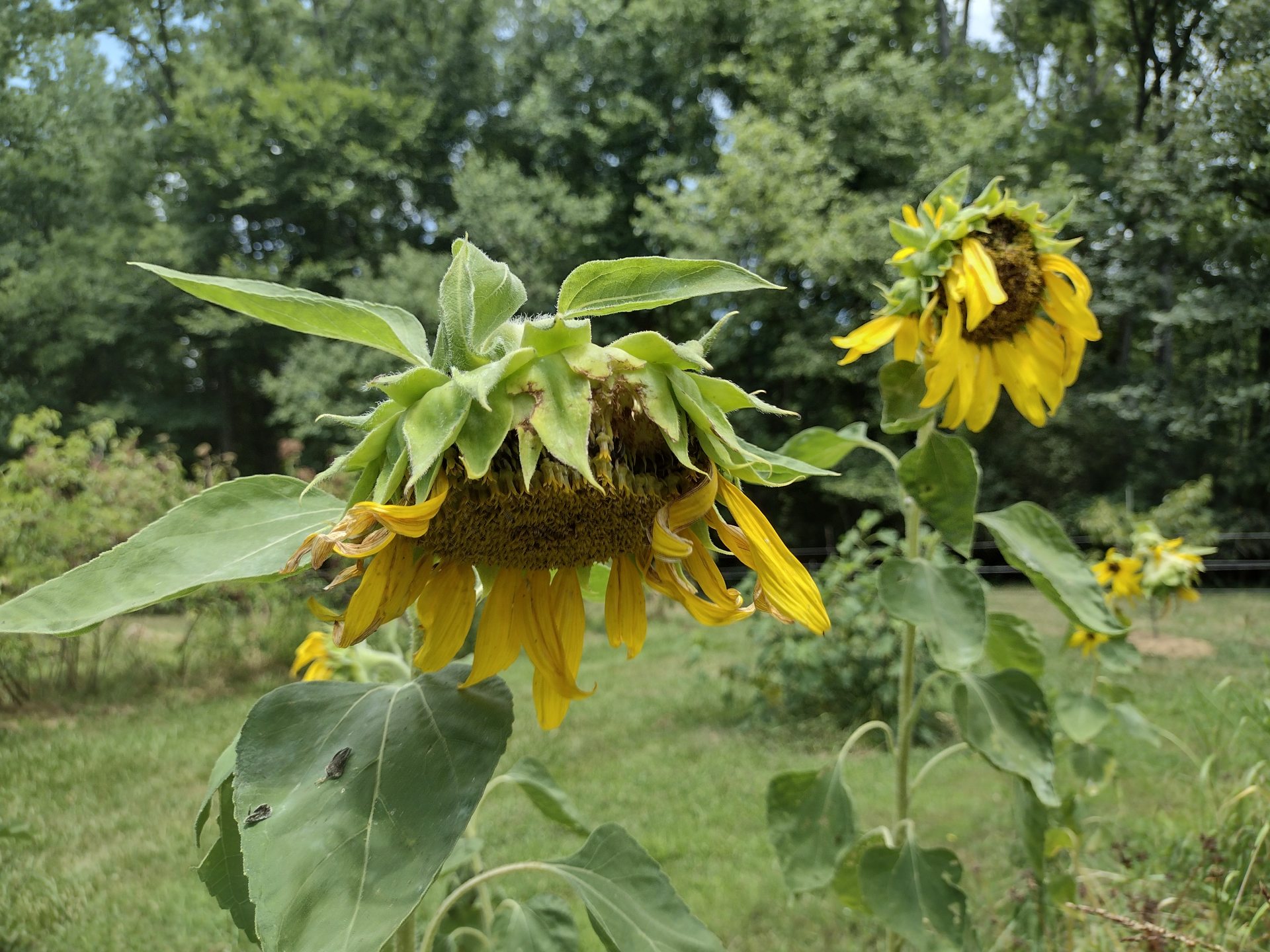
We have a great time during the last session of our potato growing class. I am proud to say that we finished with 100% of the people that started the class. We had a nice harvest of potatoes. It was great to work with everyone for a class spanning several months
Currently Available Produce
This week we have
- elderberries
- garlic (very limited supply)
- raw honey from the farm in Bennett
- raw honey from Troublesome Gap
- goji berries (you pick – email to schedule a time)
Visit our online store to place your order. We do porch pickups in Sanford, NC. Just select “porch pickup” as a shipping option when you place your order. Visit the online store here or click on the “Store” link at the top of the page.
Lack of Rain and Hot, but Some Plants Do Well
The fig trees are loving the high temperatures and growing like crazy. The warm spell in Feb of 2023 caused a lot of damage to our figs but now they are recovering nicely. The birds are enjoying the seeds from the sunflower heads
Future Plans
We have a wooded section on the farm comprising several acres. This part of the property was actively farmed 30 years ago. One of the goals for the farm is have a park like appearance. Having a beautful farm adds to the enjoyment.
The are several areas that were previously terraced and farmed but are now tree covered. We would like to reclaim an area for growing elderberries. There is an area with great microclimate. There is also flow of rainwater draining off the field that we can manage to provide an area that won’t need irrigation.
We’ve been working to manage the area grown up areas to
- build abundance
- return part of that abundance to the land and wildlife
- provide a home for wildlife, diverse native plants and insects
- provide pollinating plants for the bees on the farm and other pollinators
The first step is to have a plan that is open to pivoting. I’m realizing how important it is to be able change plans are we learn and discover more about farming and about our property. The next step is to remove brush, dead trees and small trees that don’t support the goals of the plan. This week I had an opportunity to do some work with the bush hog. Here are some pictures of the results.



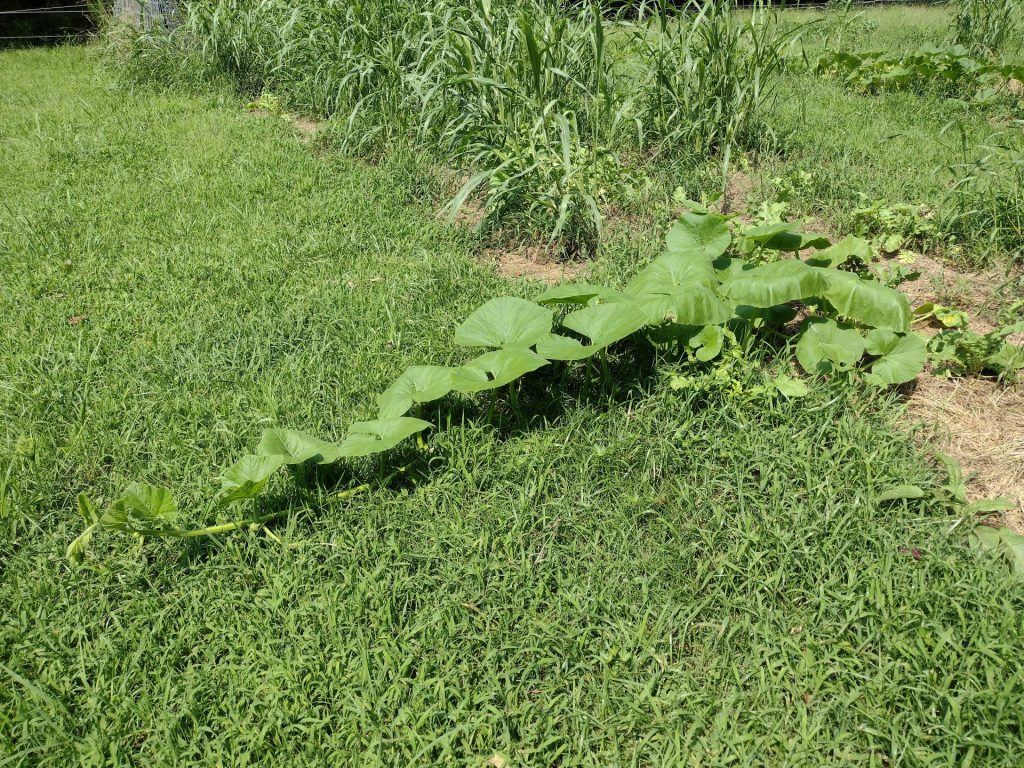
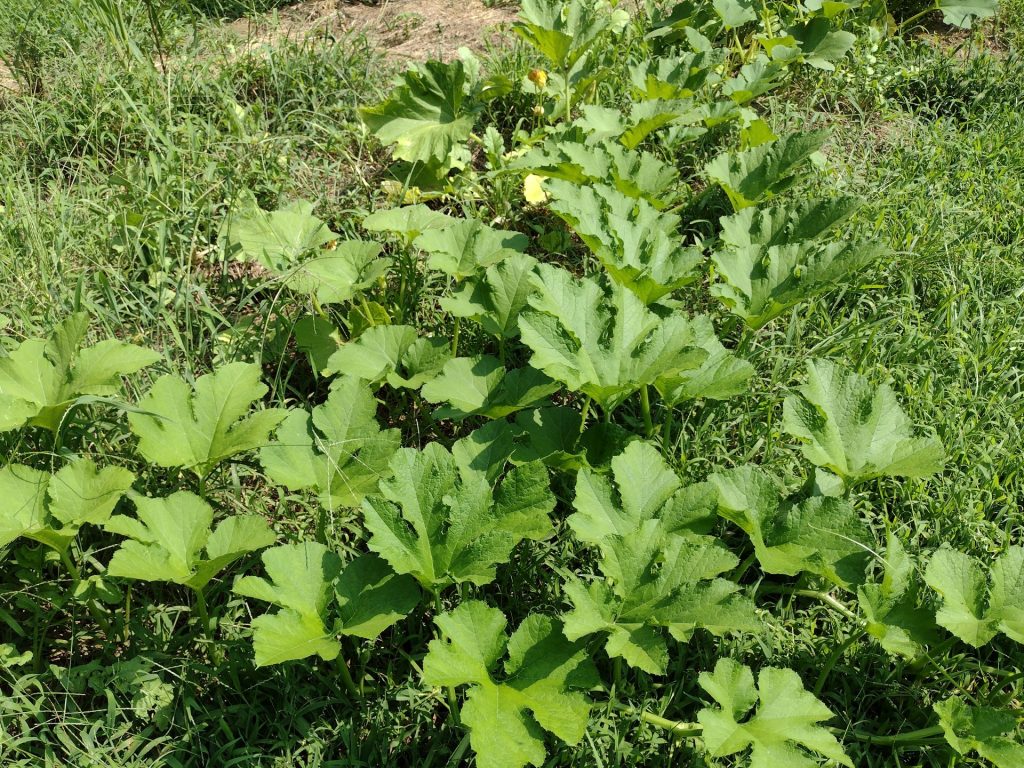
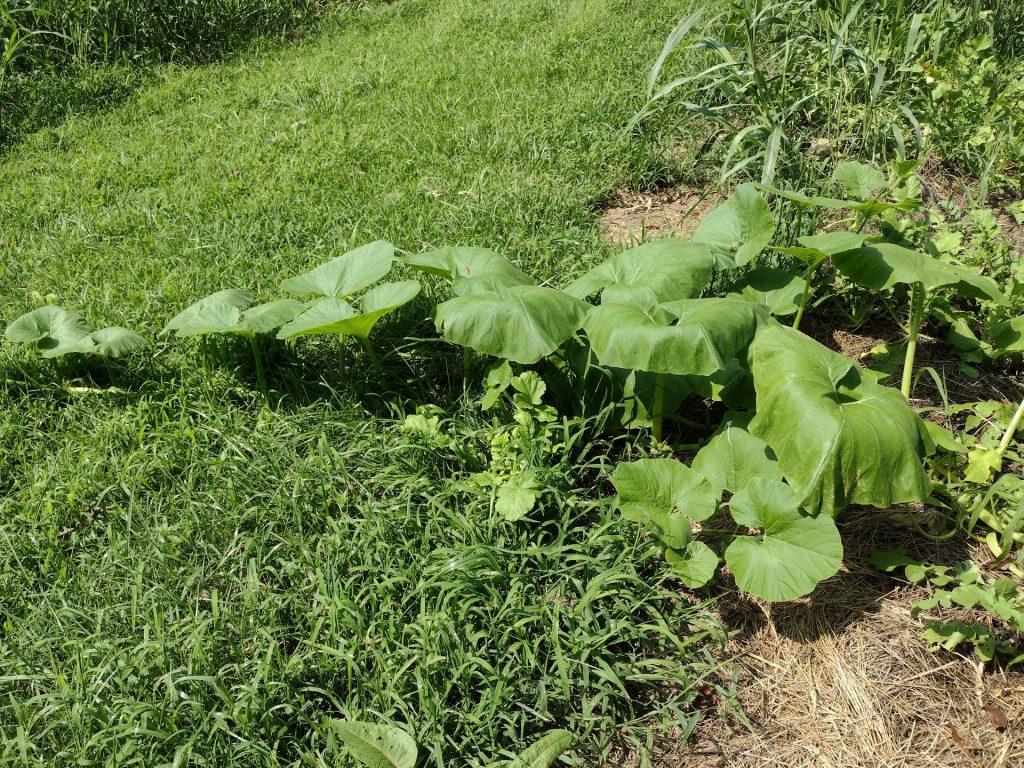








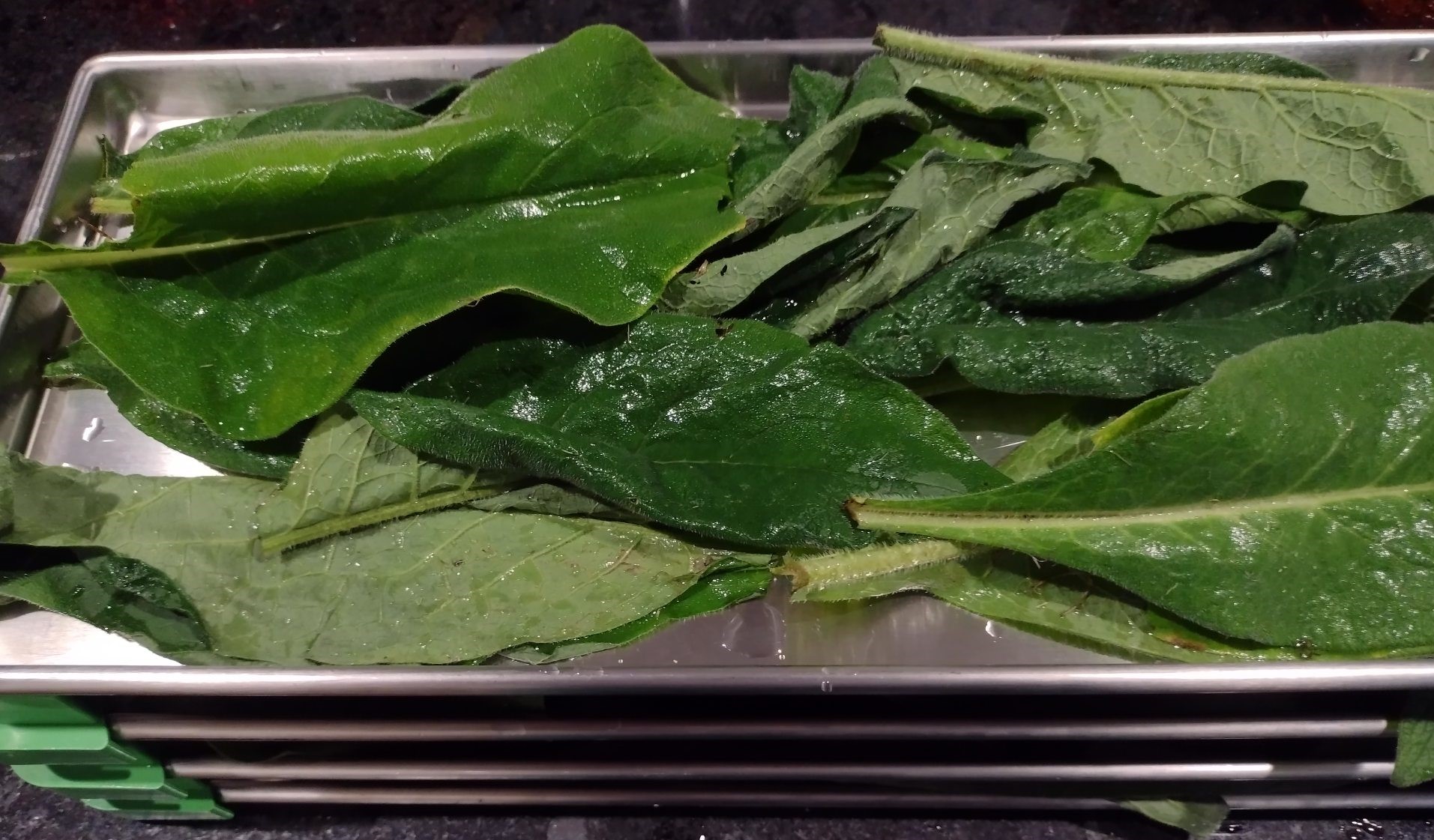


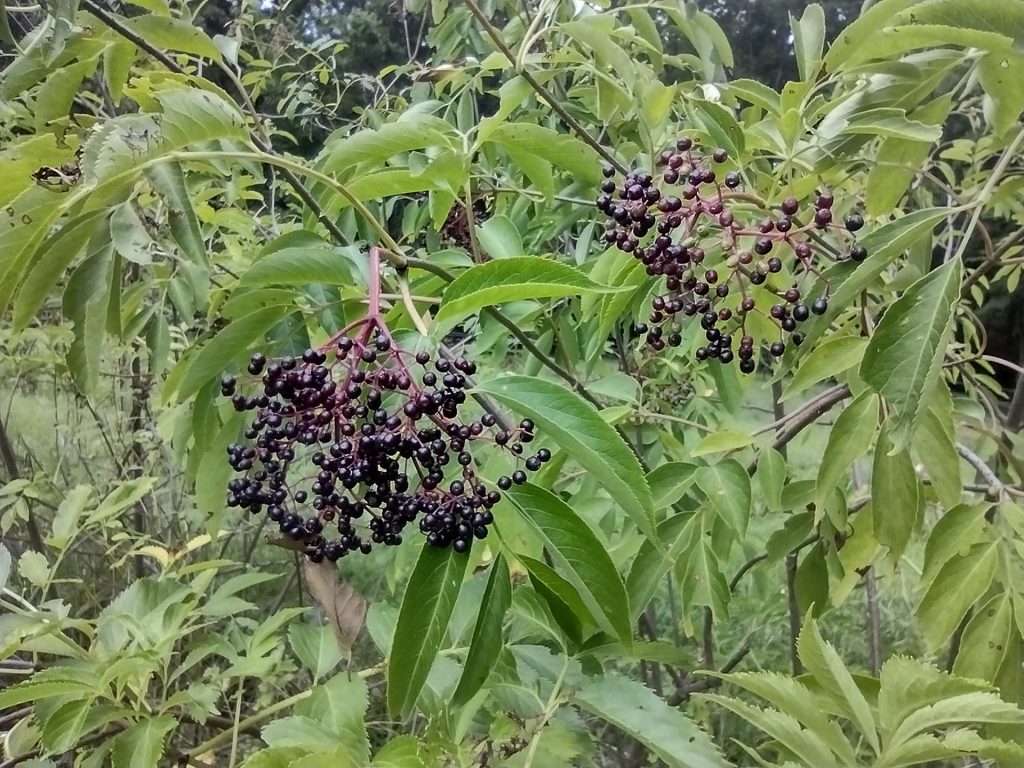

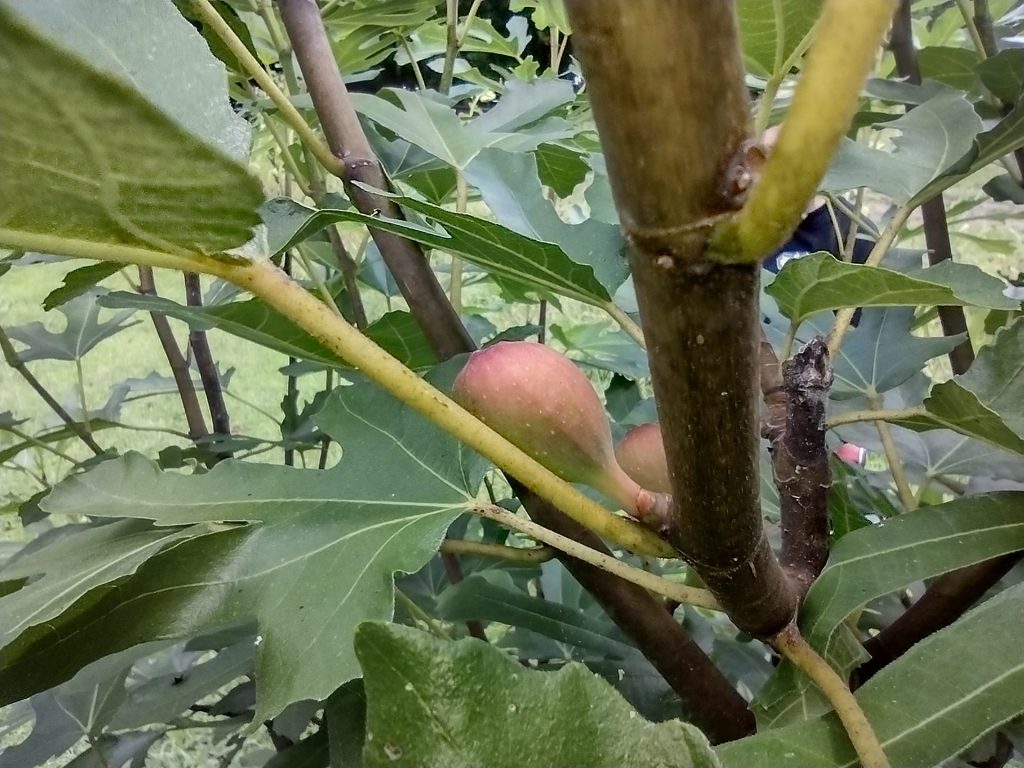

























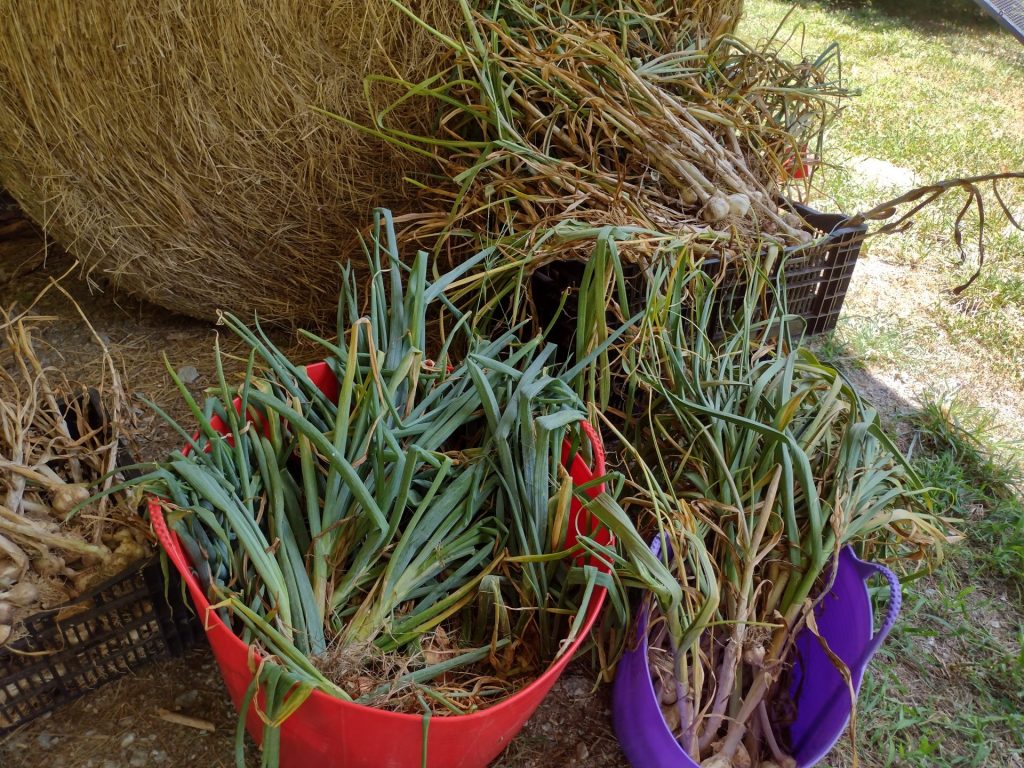













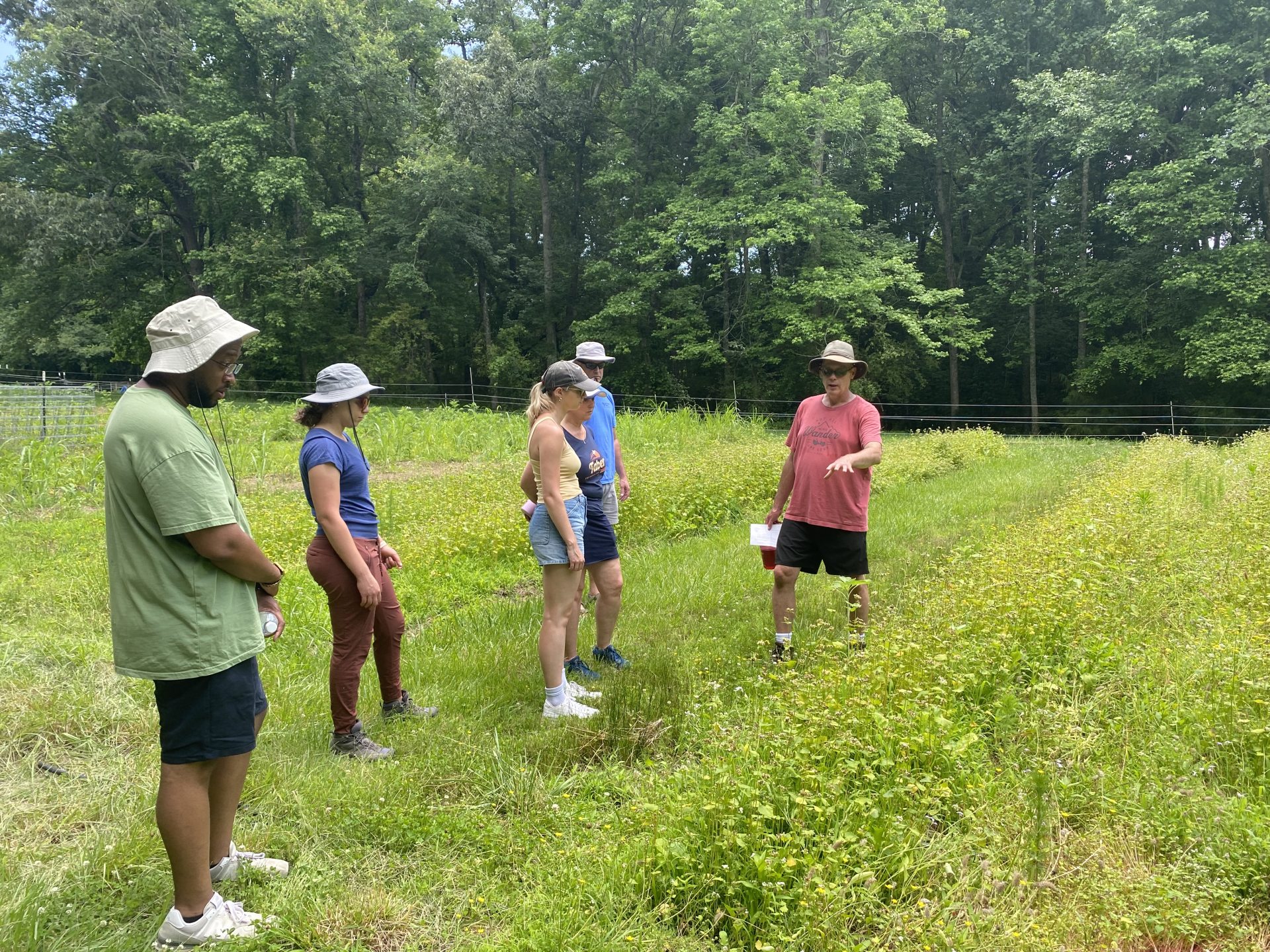

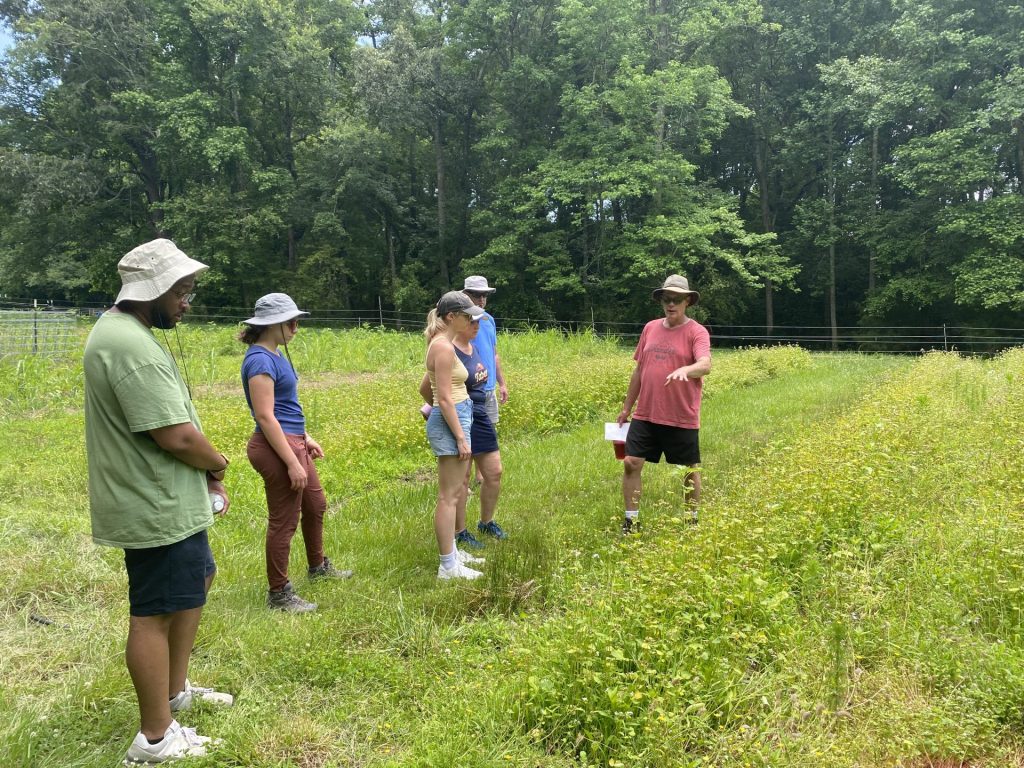





















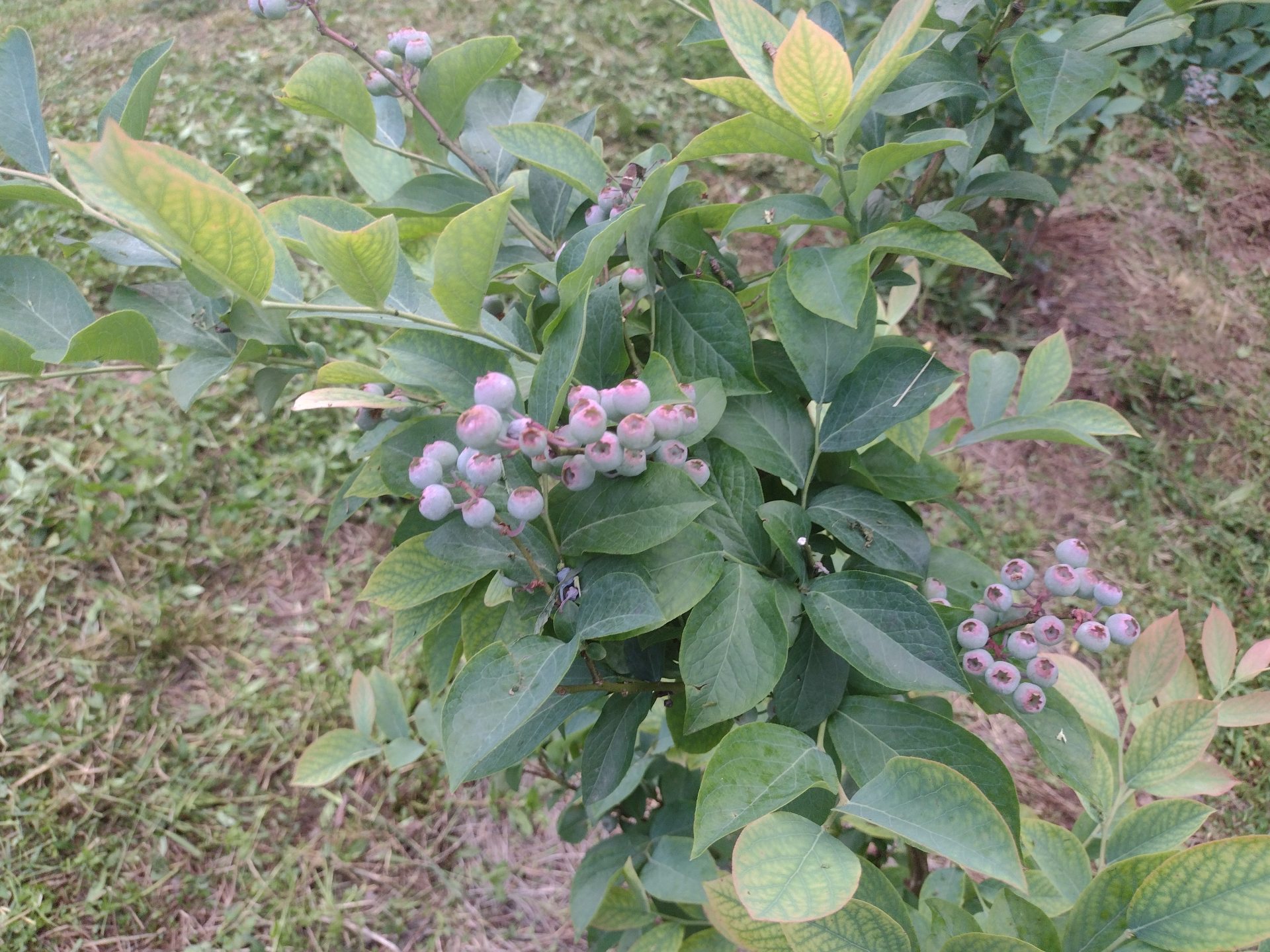


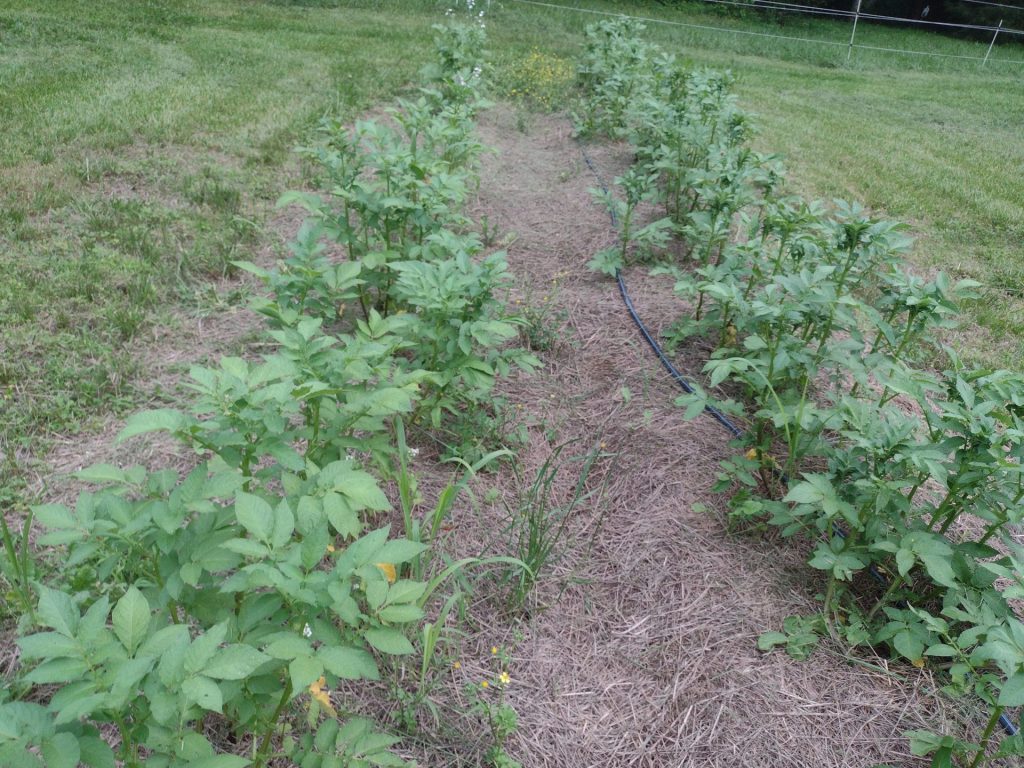

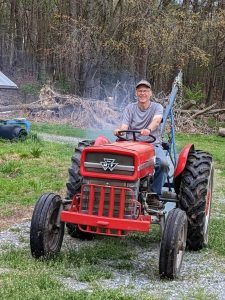 I’m a mechanical engineer turned weekend farmer, so I’m just smart enough to know that there is a lot that I don’t know especially when it comes to farming, permaculture and food forests. I’ve been heavily influenced in my love of farming and permaculture by my Mom and Dad and also by people like
I’m a mechanical engineer turned weekend farmer, so I’m just smart enough to know that there is a lot that I don’t know especially when it comes to farming, permaculture and food forests. I’ve been heavily influenced in my love of farming and permaculture by my Mom and Dad and also by people like  Connie has her certificate in Sustainable Agriculture from CCCC. She really enjoyed the classes at the community college and learned a lot. The program was a mixture of classes and work on the school farm. What she learned has really added to our technical proficiency on the farm.
Connie has her certificate in Sustainable Agriculture from CCCC. She really enjoyed the classes at the community college and learned a lot. The program was a mixture of classes and work on the school farm. What she learned has really added to our technical proficiency on the farm.